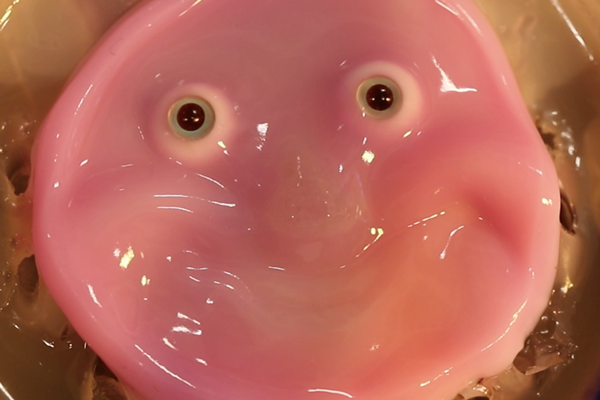Breakthrough in Humanoid Robots: Japan Develops Realistic Living Skin

Japanese scientists have recently achieved a breakthrough in robotics technology, successfully developing a robot face covered with living skin. This innovative technology opens the possibility for robots to display realistic smiling expressions in the future, and even potentially possess self-healing capabilities.
The robot face developed by a team led by Professor Shoji Takeuchi from the University of Tokyo was created by attaching skin cultured from human cells onto a 3D-printed base. This new type of skin was published in the journal Cell Reports Physical Science, accompanied by a video showing the pink material exhibiting a humanoid smile, providing viewers with a striking visual impact.
The research team pointed out that this technology has significant implications not only in the field of robotics but also in the development of implant materials and cosmetics. Professor Takeuchi stated that they hope this technology can deeply analyze the formation of wrinkles and the physiological mechanisms of facial expressions, thereby promoting the development of more advanced implant materials and cosmetics.
Traditional robot skin, typically made of silicone for realism, lacks self-healing and sweating functions. The bio-skin developed by Professor Takeuchi's team not only mimics multiple functions of human skin but also enhances realism in touch and expression.This skin is made by culturing human skin cells on a collagen model. The team plans to incorporate sweat glands, blood vessels, and other tissues into the skin to enable self-healing and sensory functions. They also plan to use actuators to simulate muscle movements, achieving more natural expressions.
Although this technology has made significant progress, there are still some technical challenges to overcome in practical applications. Firstly, the skin layer currently cannot be fully connected to the underlying muscles and tendons, making it merely an outer layer. To create a fully realistic robot, it is necessary to solve the problem of linking the skin with the underlying tissues to avoid material wear and wrinkles that affect movement. Additionally, researchers are exploring ways to enhance the durability and flexibility of this bio-skin.
However, this technology also raises some ethical and safety discussions. As robots' appearance and behavior become increasingly human-like, some people worry that this might blur the boundary between humans and machines, leading to social and ethical issues. Some believe that overly anthropomorphic robots may trigger the uncanny valley effect, causing discomfort and fear. These issues need to be regulated and resolved through legal and ethical frameworks as technology advances.
- 158 reads
Human Rights
Fostering a More Humane World: The 28th Eurasian Economic Summi

Conscience, Hope, and Action: Keys to Global Peace and Sustainability

Ringing FOWPAL’s Peace Bell for the World:Nobel Peace Prize Laureates’ Visions and Actions

Protecting the World’s Cultural Diversity for a Sustainable Future

Puppet Show I International Friendship Day 2020

